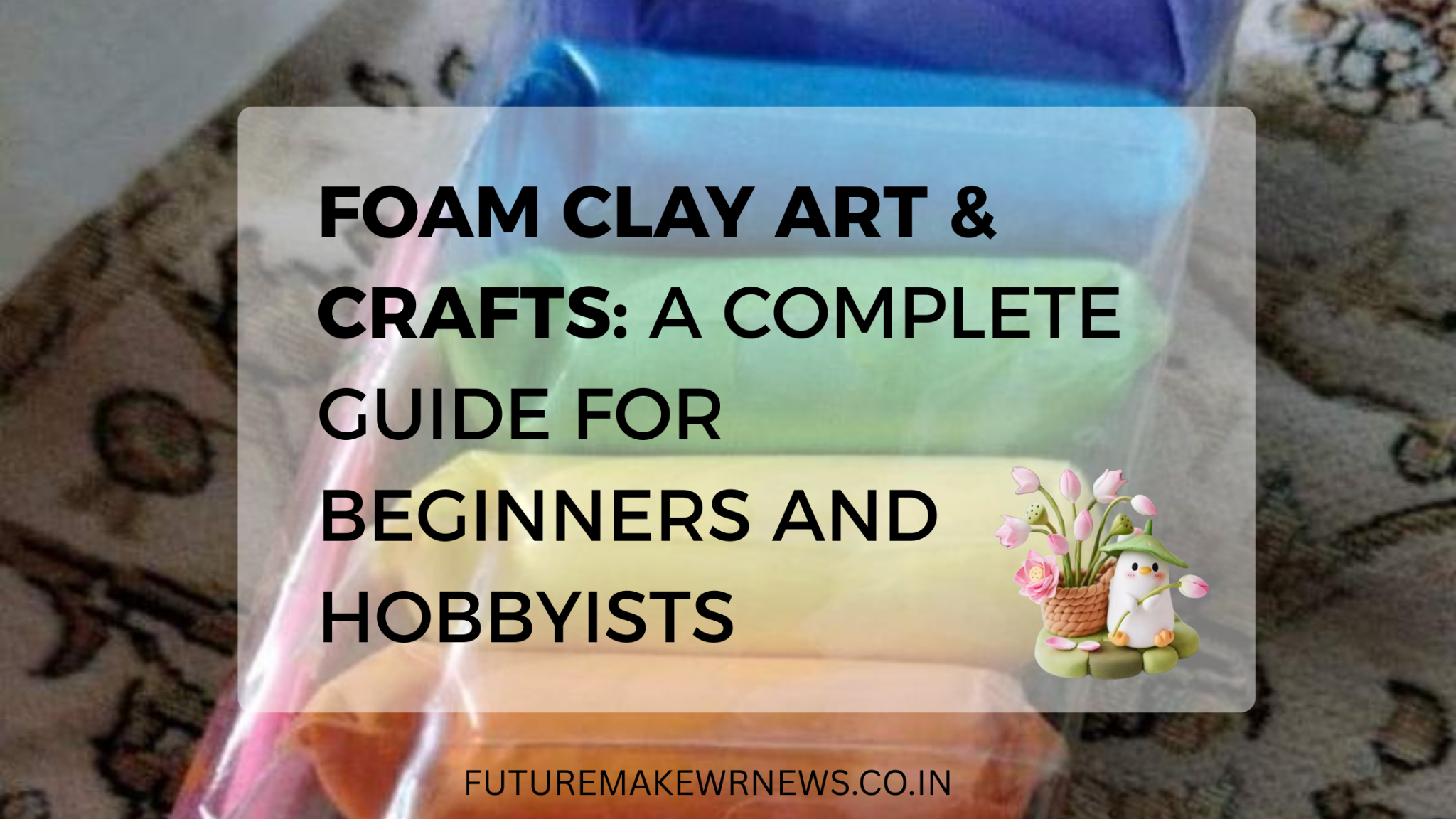If you’ve ever walked through a craft store or scrolled Pinterest lately, you might have seen colorful little tubs labeled foam clay. At first glance, it looks like Play-Doh. But foam clay is way more versatile. It’s soft, stretchy, lightweight, and it dries without cracking into a surprisingly durable finish. No oven, no kiln, no complicated setup — just pure hands-on creativity.
Over the last few years, foam clay has become a favorite for kids’ projects, DIY lovers, and even serious crafters who use it to make miniatures, jewelry, or home décor pieces. In this blog, we’ll break down everything you need to know about foam clay: how it works, what makes it special, beginner mistakes to avoid, and plenty of project ideas you can try at home.
What Exactly Is Foam Clay?
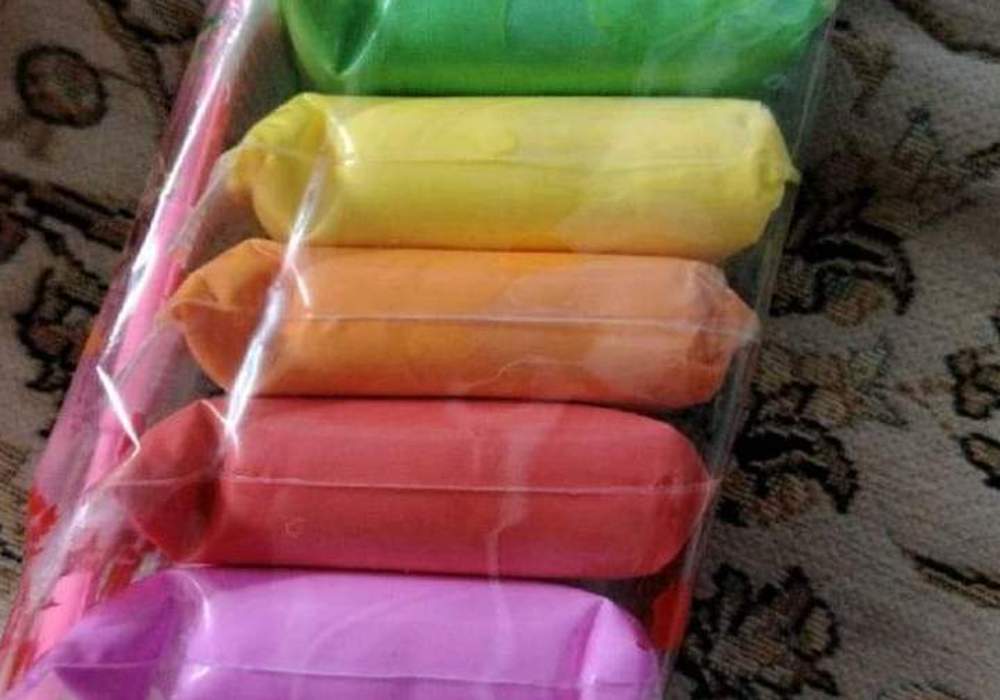
Foam clay is a lightweight, air-dry modeling clay made from tiny foam beads mixed into a sticky, moldable base. When fresh out of the tub, it’s soft, bouncy, and easy to shape. As it sits exposed to air, it gradually firms up and turns into a slightly flexible solid.
Unlike ceramic or polymer clay, you don’t need to bake it in a kiln or oven. It hardens naturally in 24–48 hours depending on thickness. Once dry, you can paint, sand, or seal it just like other clays.
In short: foam clay is the low-stress, high-fun option for crafters who want results without heavy tools or specialized equipment.
Foam Clay vs. Other Types of Clay
Many beginners get confused: is foam clay the same as air-dry clay? Or Play-Doh? Here’s a quick comparison:
| Type | Key Features | Best For | Drawbacks |
|---|---|---|---|
| Foam Clay | Lightweight, textured, air-dries, slightly flexible | Kids’ crafts, miniatures, home décor, wearable art | Limited fine detail, may shrink slightly |
| Air-Dry Clay (traditional) | Dense, smooth, dries hard & brittle | Sculptures, pottery lookalikes | Cracks if too thick; heavier pieces |
| Polymer Clay | Smooth, oven-baked, professional finish | Jewelry, detailed models | Needs baking; heavier; not as beginner-friendly |
| Play-Doh | Super soft, non-drying (unless left out) | Toddler play, temporary crafts | Doesn’t harden permanently |
The main takeaway? Foam clay sits in the sweet spot — light, durable enough, safe for kids, and flexible for hobbyists.
Why Choose Foam Clay for Crafts?
- Beginner-friendly: You don’t need any special setup. Shape it, leave it, done.
- Safe for kids: Most foam clay is non-toxic, making it perfect for supervised play.
- Lightweight: Great for ornaments or jewelry that shouldn’t weigh down.
- Versatile: Sticks to paper, wood, plastic, glass, or cardboard.
- Paintable & customizable: Once dry, you can decorate it with acrylics, metallics, or glitter.
- Mess-free: No dust or powder. Just keep your hands slightly damp, and cleanup is easy.
Tools & Materials You’ll Need
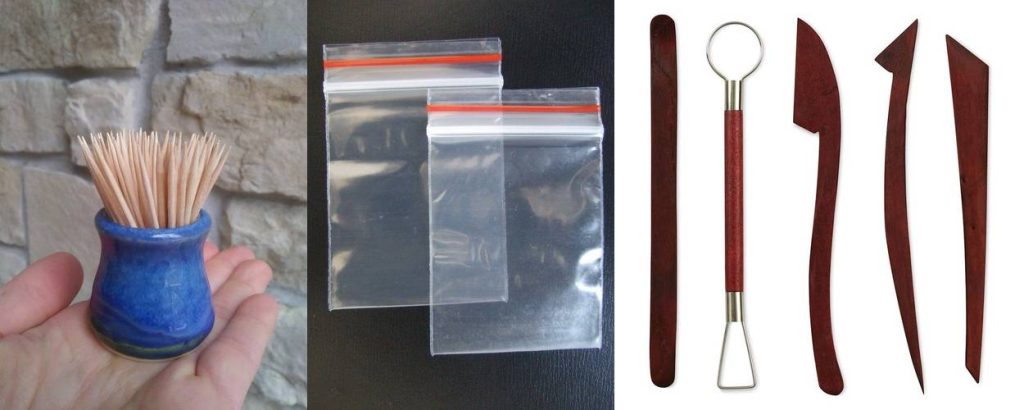
You don’t need a full artist’s studio to start with foam clay, but a few simple tools make crafting smoother:
- Basic sculpting tools (plastic or wooden)
- Rolling pin (or even a glass bottle works)
- Toothpicks / skewers for fine details
- Acrylic paints for decoration
- Clear varnish or sealer (optional, for a glossy finish)
- Zip-lock bags or airtight boxes to store unused clay
- Small water spray bottle or damp sponge to keep clay moist while working
Beginner Tips for Foam Clay Success
- Knead before shaping: It warms up the clay and removes air bubbles.
- Work in thin layers: Thick chunks may dry unevenly.
- Don’t rush drying: Leave it untouched for at least 24 hours; 48 for larger items.
- Seal it airtight: Foam clay dries fast once exposed — always reseal leftovers.
- Smooth with water: A wet brush or fingertip can remove rough textures.
- Experiment with color blending: Mix two colors before shaping for cool gradients.
- Avoid overworking: Stretching it too much can weaken the final piece.
Easy Foam Clay Project Ideas
Here are some beginner-friendly ideas to get your hands moving:
1. Decorative Photo Frame
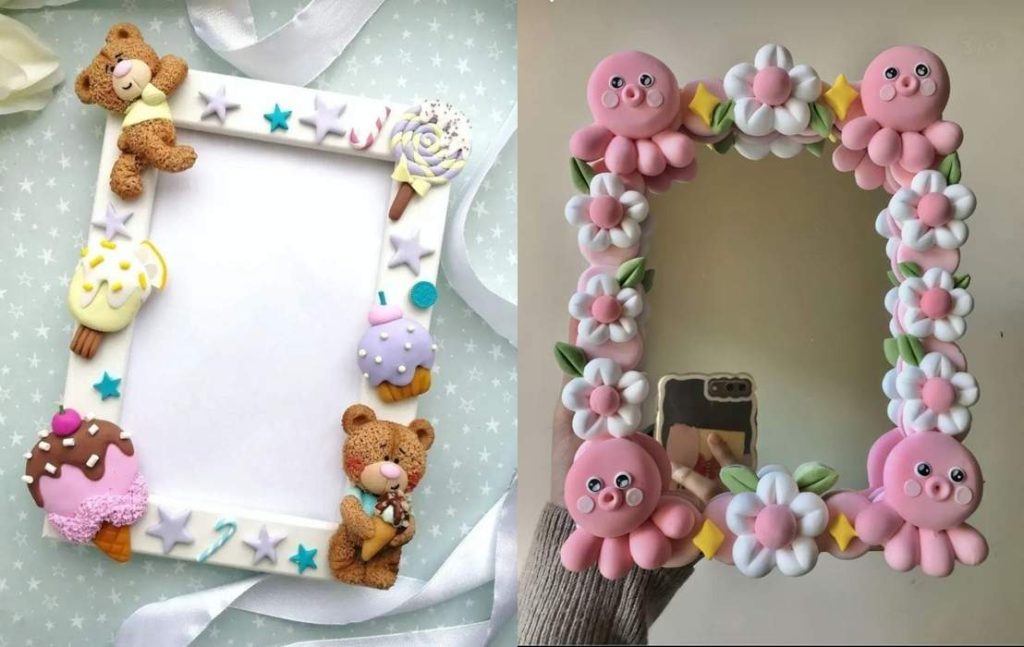
- Roll small flowers, hearts, or stars with foam clay.
- Stick them on the edges of a plain wooden or plastic frame.
- Once dry, paint and varnish for a lasting effect.
2. Miniature Animals
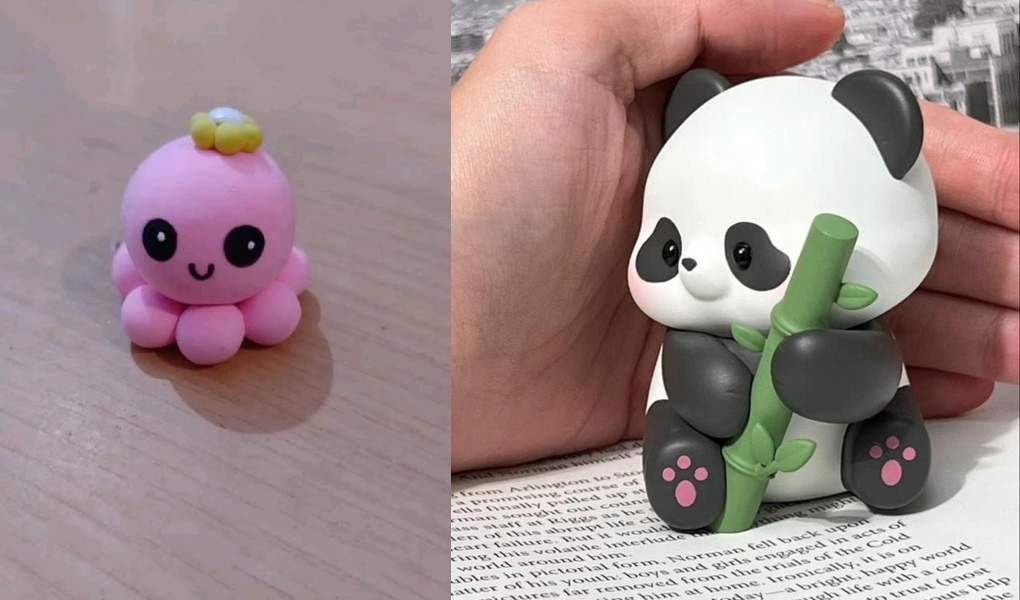
- Start with simple shapes: balls and sausages.
- Combine them to make tiny dogs, cats, or cartoonish creatures.
- Kids love this one — it’s like making edible fondant figures.
3. Festival Crafts
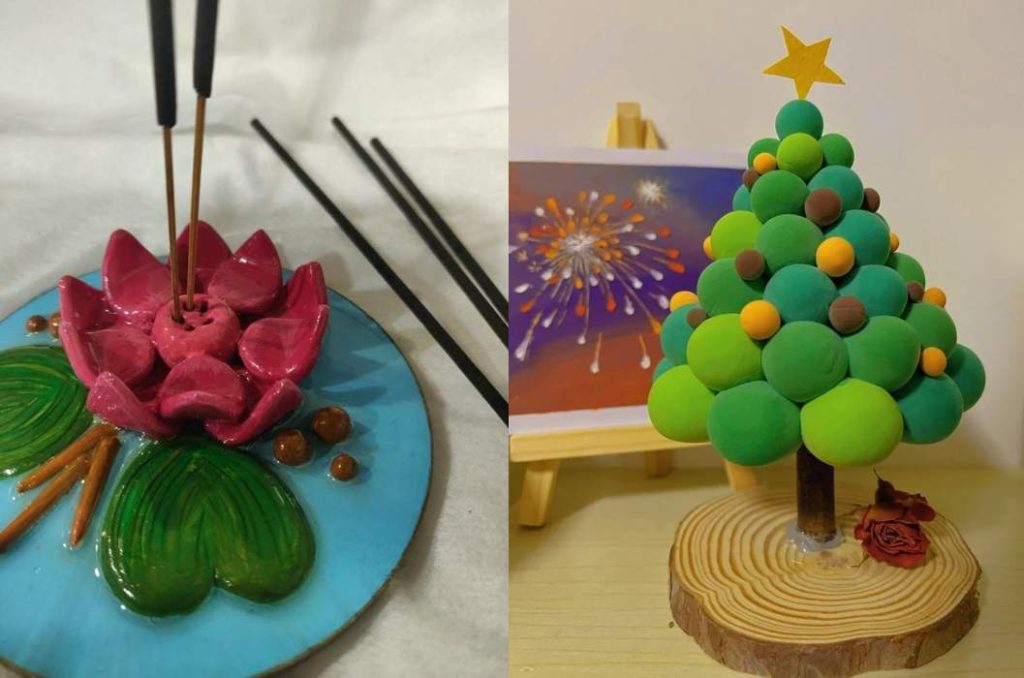
- For Diwali, make colorful diyas with clay petals around.
- For Christmas, create lightweight ornaments like bells, stars, or mini Santas.
- For Rakhi, try unique foam clay embellishments on rakhi bases.
4. Customized Storage Jars
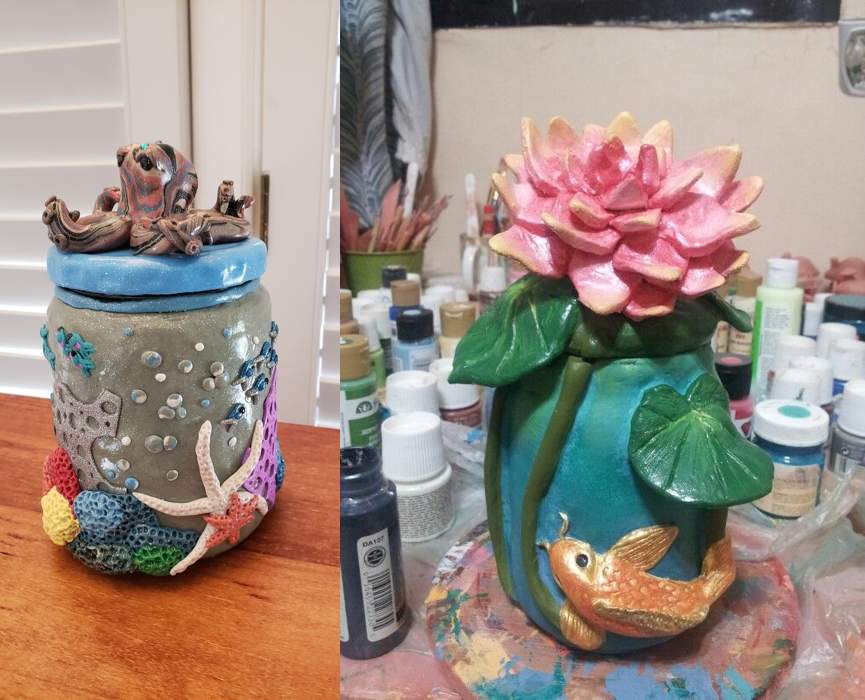
- Cover old glass jars with colorful foam clay designs.
- Add patterns like flowers, mandalas, or cartoon faces.
- Perfect for gifting or organizing pens and brushes.
5. Jewelry & Accessories
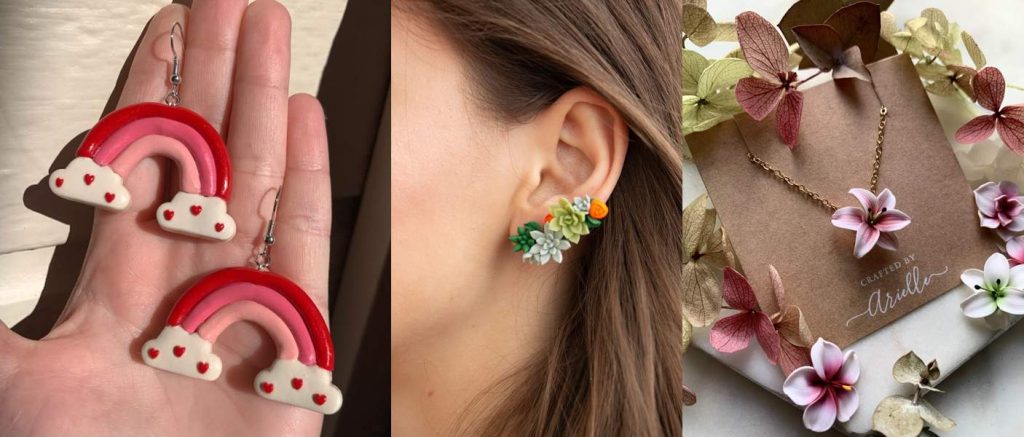
- Create earrings, pendants, or brooches.
- Use molds for consistent shapes.
- Paint metallic finishes once dry.
Common Mistakes Beginners Make
- Leaving the tub open: The clay hardens quickly, even if you’re just “taking a break.”
- Too much water: A damp sponge helps, but too much will make it mushy.
- Making pieces too thick: They may crack or take forever to dry.
- Not planning ahead: Foam clay is forgiving, but once it dries, reshaping is hard.
Advanced Foam Clay Projects
If you’ve mastered the basics, push further:
- 3D Wall Art: Build textured patterns on canvas for a mixed-media effect.
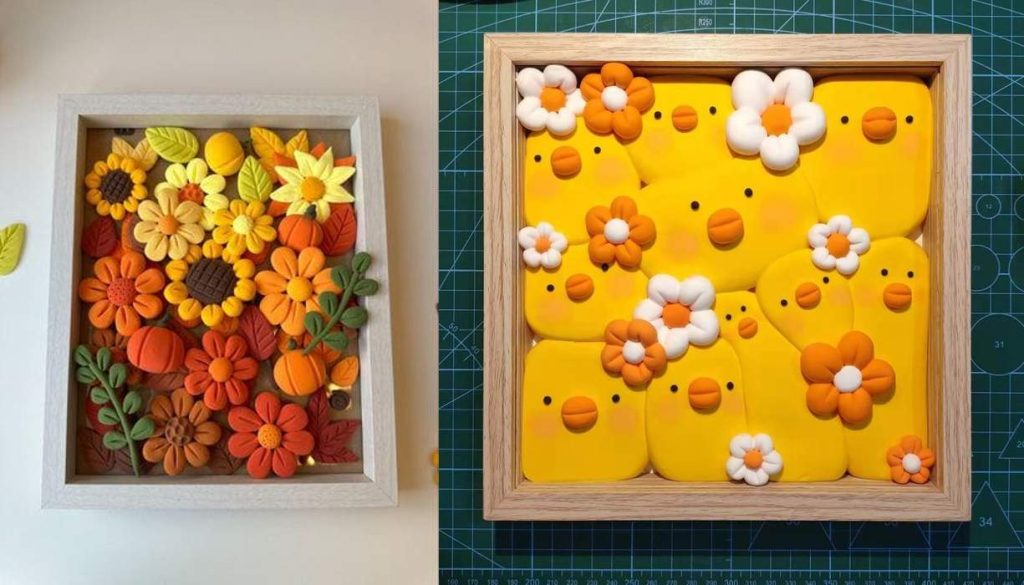
- Foam Clay + Resin: Encapsulate foam clay miniatures in resin for glossy décor.
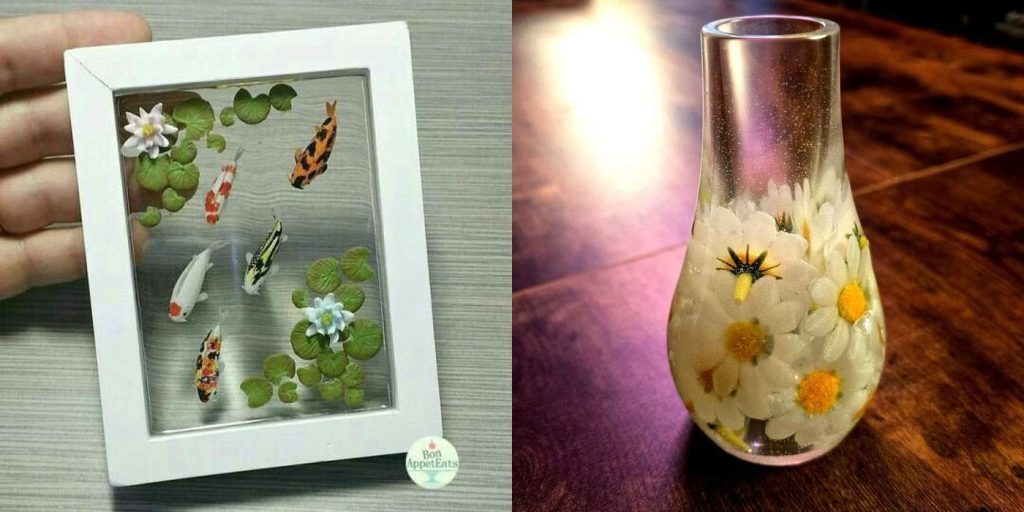
- Detailed Sculptures: Combine with wire armatures for larger figurines.
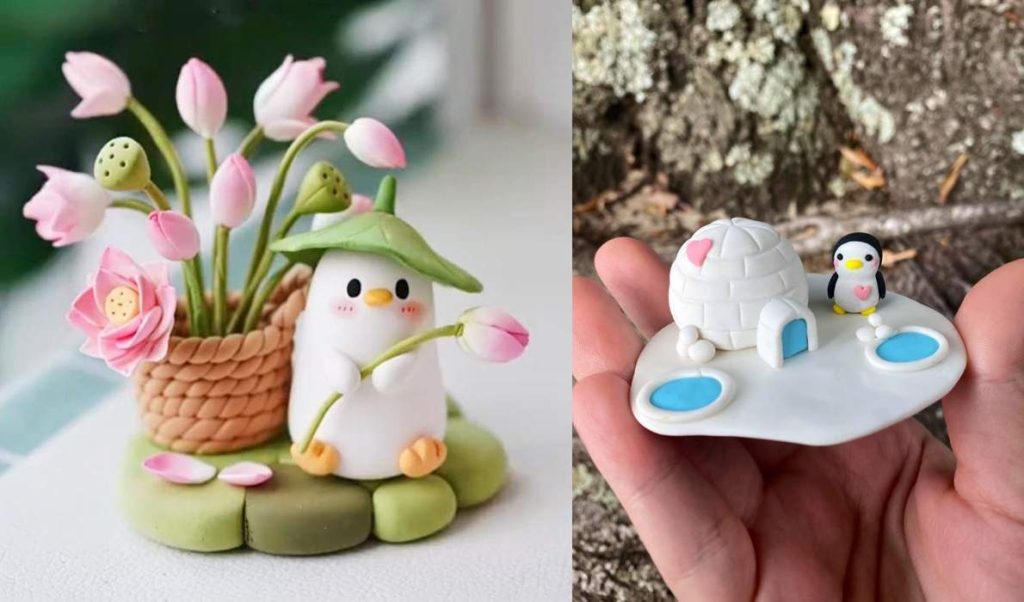
- Themed Lamps: Add flowers or stars to lamp bases; once light shines through, it looks magical.
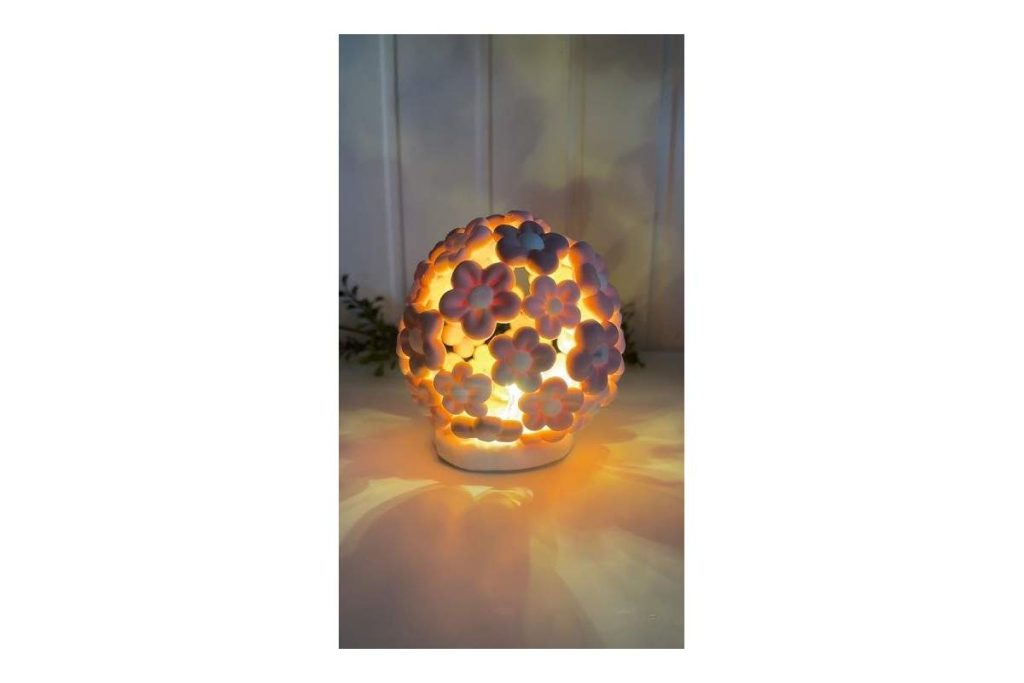
- Phone Cases: Decorate covers with characters or initials; seal for durability.
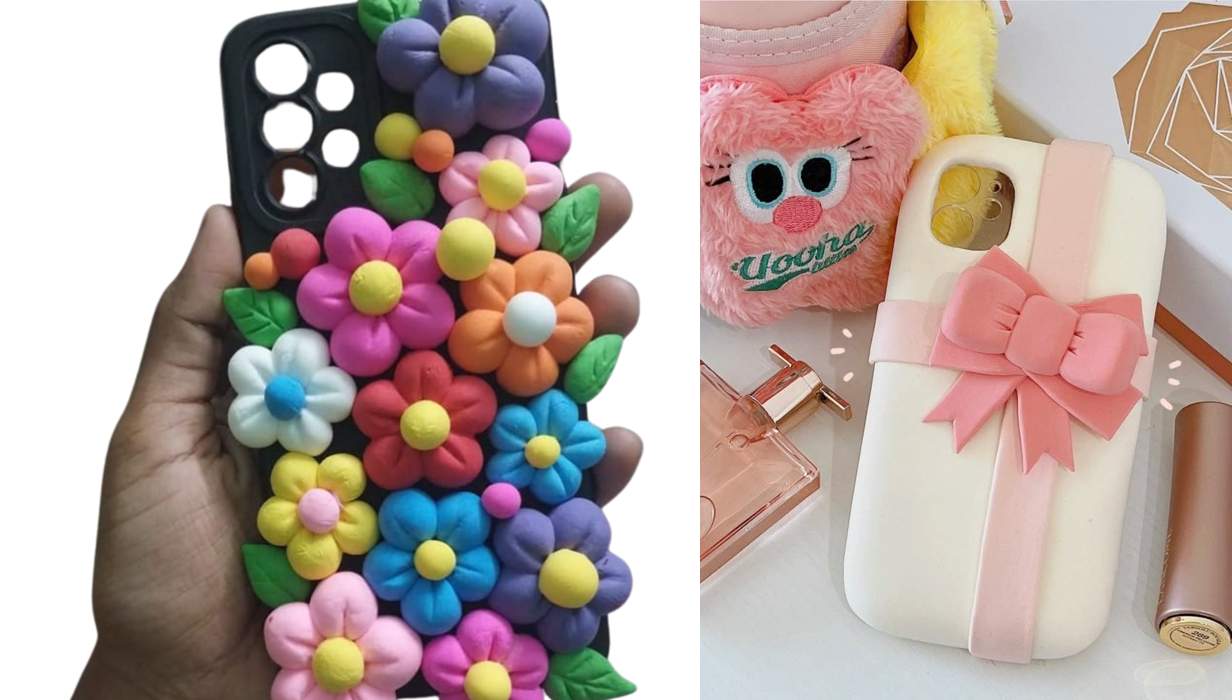
FAQs About Foam Clay
Q: How long does foam clay take to dry?
A: Typically 24–48 hours. Thin pieces dry faster; thicker ones need patience.
Q: Can I paint foam clay?
A: Yes! Acrylic paints work best. You can also spray paint once sealed.
Q: Is foam clay safe for kids?
A: Most brands are non-toxic, but supervision is recommended for younger children.
Q: Does it crack?
A: Rarely, unless you make it too thick or dry it unevenly.
Q: Can I reuse it after drying?
A: No, once hardened, it can’t be re-softened. Store leftovers airtight.
Where to Buy Foam Clay
- Online: Amazon, Craftslane, or stationery e-shops often stock foam clay kits.
- Local art stores: Many stationery shops now carry multi-color tubs.
- DIY Kits: Brands like BOHS offer starter kits with tools and colors for beginners.
Tip: Buy smaller packs if you’re just starting. For larger projects, go for bulk sets.
Final Take
Foam clay might look like child’s play at first, but once you explore its possibilities, it can become your go-to material for lightweight, versatile, and creative crafts. From a simple flower frame to festival ornaments or detailed jewelry, foam clay opens a door to endless imagination.
If you’re looking for a fun hobby that’s safe, mess-free, and rewarding, this is the perfect medium to start with. All you need is a small pack of foam clay, some basic tools, and a little patience — the rest is pure creativity.
So, roll up your sleeves, pick your colors, and let foam clay bring your art ideas to life!

